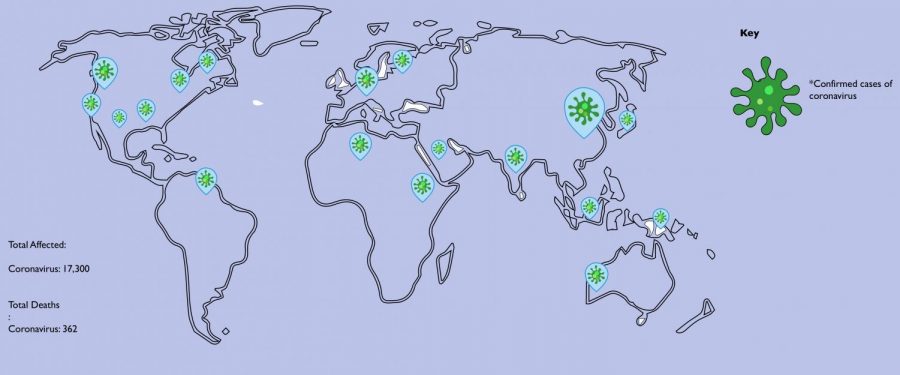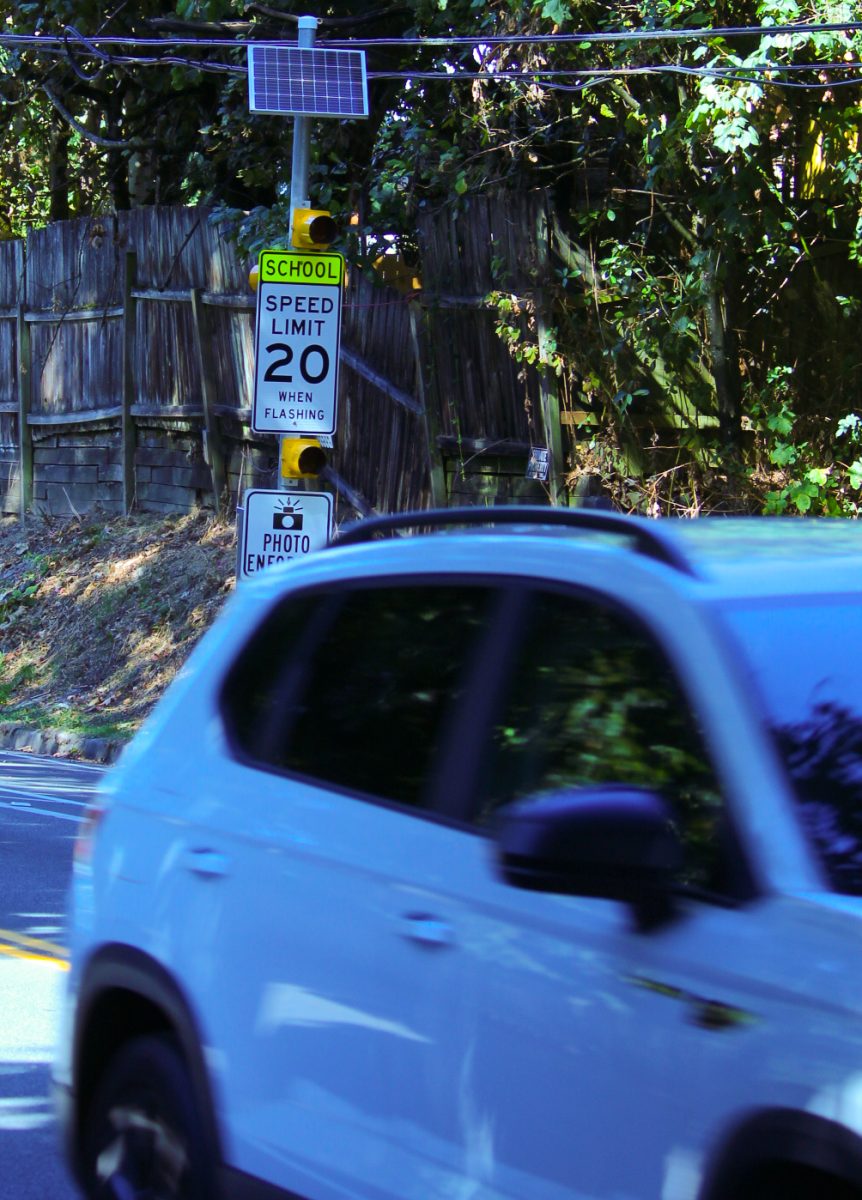Wuhan, China is the epicenter for the coronavirus outbreak. It was first reported in late December 2019. Since then, the virus has spread rapidly to many parts of the country. As of Jan. 21 Seattle, WA has confirmed a Snohomish County case and medical professionals are investigating possible cases in 25 other states as of Jan. 28. The virus has also spread to 15 other countries as of Jan. 30.
As of Feb. 2, 17,300 cases have been reported with 362 deaths. It is believed to have originated at a seafood and meat market in Wuhan, China. The case in Snohomish involves a man in his 30s who had recently traveled to Wuhan.
The virus was classified as a global emergency by the World Health Organization (WHO) on Jan. 30. This means that public health is at a great risk because of the threat to spread internationally. WHO has only called a global emergency five other times in its history, including the Ebola virus outbreak in the Democratic Republic of Congo and the Zika virus in Brazil.
Reported patients have experienced fever, cough and pneumonia-like symptoms. Diagnostic tests are in development to test whether or not the patient has the virus or another infection. As of right now, the virus spreads asymptomatically, or without symptoms for an extended period of time.
Because of the Snohomish infection, five international airports in the United States, including SeaTac International Airport, are screening for fever—those who have one will be screened for other symptoms. The Center for Disease Control and Prevention (CDC) is telling people to stop non-essential trips to China in light of the virus.
The city of Wuhan and some surrounding cities are in quarantine, requiring 45 million people to stay inside.
A big reason for the outbreak is the infection traveling through public transportation. Airports, train systems and taxis are breeding grounds for infections and viruses.
Millions of Chinese people take the country’s extensive public transportation systems each day so germs can be easily spread.
The CDC is closely monitoring how the disease spreads and where it is spreading to. On Jan. 30, the CDC confirmed the first human-to-human spread of coronavirus in Chicago.
To counteract the spread of the virus, scientists in Boston are starting to develop a vaccine. Scientists are attempting to start human testing in April, meaning that the vaccine will be developed faster than any other before.
“Traditional vaccine development efforts have usually taken decades, not months,” said Barney Graham, deputy director of the Vaccine Research Center at the National Institutes of Health to the Guardian, “This is, first, a response to this new virus, but it’s also a drill for pathogen X … [to] press the system, to see how rapidly we can go.”
Pathogen X is any new virus that could come into the forefront of medical research in the future.
In addition to helping to ease the progression of coronavirus, this vaccine will also test the capacity of scientists to react to future infections in real time.
As with any viral outbreak, slowing the spread of coronavirus starts with enacting preventative measures within the general public. Screening for the virus in airports and by remaining hygienic, the number of new cases should slow, the CDC said.
But for now, the United States should not be concerned, the U.S. Department of Health and Human Services (HHS) said on Jan. 28.
“At this point, Americans should not worry for their own safety,” HHS Secretary, Alex Azar, said during a news briefing on Jan. 28. For “the individual American, this should not [have] impact on their day-to-day life.”






















